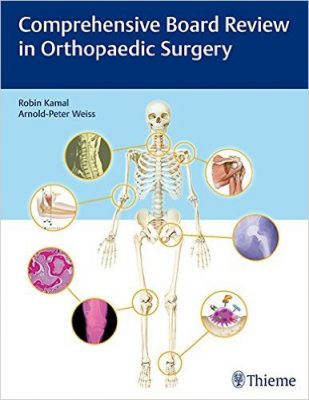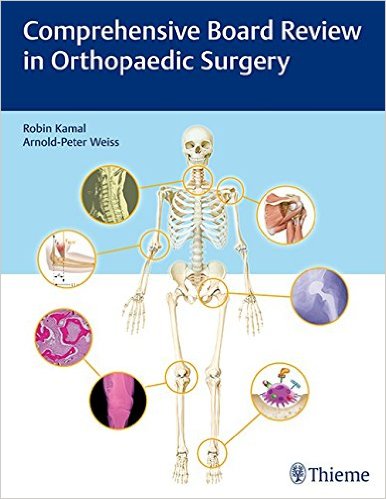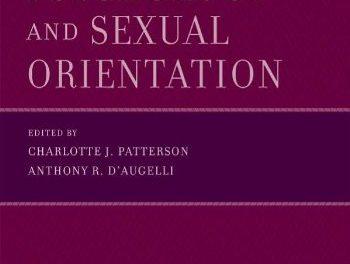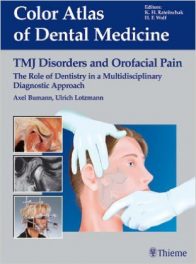 Editors: Robin N. Kamal, MD; and Arnold-Peter Weiss, MD
Editors: Robin N. Kamal, MD; and Arnold-Peter Weiss, MD
Publisher: Thieme – 550 pages, with 433 figures
Book Review by: Nano Khilnani
This book has been written primarily for those preparing to tackle the Orthopedics-in-Training Exam or OITE, and passing Part I of the American Board of Orthopedic Surgery or ABOS, This exam is very challenging, having a failure rate of around 20 percent, the editors point out.
Medical students, orthopedic residents, and practicing surgeons will all find this book useful because it is a comprehensive yet concise review of orthopedic surgery. It contains information that is used in exam questions or is asked of trainees in the operating room, Drs. Kamal and Weiss write in their Preface.
Orthopedic surgery is one of the most competitive and difficult specialties for a medical student to enter into, the editors assert. While knowledge in this field continues to expand with new research and novel surgical techniques just as in other medical specialties, the fundamental information that is required to pass the OITE or maintain certification required by ABOS remain basically the same.
Thirty-one specialists in the United States and one from Canada authored or coauthored the 12 chapters of this book that we list below to give you a bird’s eye view of the extent of coverage in this book. The contributors are mainly professors of orthopedics in medical schools and practitioners in that field as physicians or surgeons in hospitals. A good number of them work at Warren Alpert Medical School of Brown University in Providence, Rhode Island.
- Basic Science
- Musculoskeletal Oncology and Pathology
- Trauma
- Pediatrics
- Spine
- Adult Hip and Knee Replacement
- Shoulder, Elbow, and Upper Extremity Sports
- Sports Medicine and Lower Extremity Sports
- Hand and Microvasculature
- Foot and Ankle
- Amputation and Rehabilitation
- Biomechanics and Biostatistics
The editors and authors use a bullet-point format in all chapters of this book. A simple or compound medical term is presented and three or more choices of definitions or descriptions (multiple possible answers) are given, as in a,b,c,d,e, f, for example. The student must choose the definition or description that best conforms to that medical term.
Here is an example from chapter 1 – Basic Science – on the first topic, Bone and Joint Physiology, under the subtopic Cell Types. The term Osteobasts is presented, with six possible definitions.
The correct definition (or description) among the several ones offered is highlighted in bold. So the definition or description of osteoblasts is: “Secrete receptor activator of nuclear factor kappa B ligand (RANKL) and macrophage colony-stimulating factor (MCSF) to activate osteoclasts.”
Other medical terms are then presented: osteoclasts and osteocytes. This is followed by other subtopics:
- Bone matrix
- Types of bone
- Blood supply of bone
- Bone formation
- Physis
- Fracture repair
- Biological fracture treatments
- Bone Grafts
- Bone metabolism
- Metabolic bone disease
- Heterotopic ossification
- Biphosphonates
- The joint
- Inflammatory versus non-inflammatory arthrides
Subsequent to the discussion, and layout with images of the above-mentioned subtopics, the next topic, which is Soft Tissue Pathology, is discussed and laid out with all the subtopics, accompanied with relevant images and graphics (termed as ‘figures’ on the title page).
The ‘figures’ are of various types in black-and-white and in color: charts, drawings, micrographs, radiographs, sketches, tables with data, and x-rays. All these elements, and others, are part and parcel of this book that makes it a truly valuable tome to treasure.
So this book is much more than just a review and test-preparation guide for board exams. It is a definitive reference manual as well.
Among the other important features of this book are:
- An emphasis on subjects that are frequently tested on exams
- Nearly 500 meticulously created illustrations
- Structured treatment algorithms that include best diagnostic modalities, expected outcomes, and most-common complications
- Study tips, mnemonics, and classification themes
- Easy-to-read bulleted formatting, enabling the reader to organize, synthesize, and memorize the information with ease.
Editors:
Robin N. Kamal, MD is Assistant Professor at Chase Hand and Upper Limb Center in the Department of Orthopedic Surgery at Stanford University in Palo Alto, California.
Arnold-Peter Weiss, MD is R.Scott Sellers Scholar of Hand Surgery, Vice Chairman and Professor of Orthopedics at Warren Alpert Medical School of Brown University and Rhode Island Hospital in Providence, Rhode Island.







